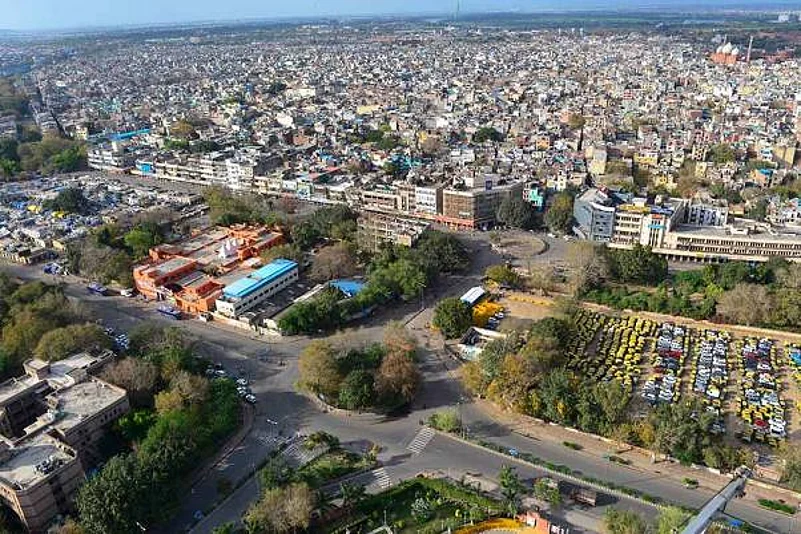Covid-19, cyclone, locusts and now there are fears of another of nature's fury -- earthquake. Some Resident Welfare Associations (RWA) in Noida's housing societies have sent this message to their residents: Please make an emergency kit/bag with essential items, valuables, documents, spare phone, some clothes etc handy with you. It will not take more than 15 minutes to make one and can prove to be very useful in case of an eventuality...
It's followed by a link to a story on express.co.uk which talks of a major earthquake hitting India's national capital region (NCR) in the "coming days after 10 low to moderate events over one-and-a-half months. Some geologists have interpreted the earthquakes as a potential sign of a bigger quake brewing.”
Advertisement
The Delhi-NCR region has been hit by several tremors in the past two months, giving rise to doubts that the spate of tremors could be a prelude to a bigger quake -- a possibility that geologists are unable to either confirm or reject outright.
"The occurrence of 10, mostly micro-tremors is now becoming a cause of concern and some seismologists cautiously suspect these to be fore shocks of a bigger impending near-field earthquake! All of these tremors originate from very shallow depths of less than 10 km, suggesting that only the upper crust is in a state of tectonic flux," explained Dr Prabhas Pande, a former Additional Director General of Geological Survey of India and an expert of seismology, to Outlook.
Advertisement
Unlike a cyclone or a hurricane that can be seen on a radar or satellite images and necessary precautions can be taken to meet any eventuality, earthquakes are like an unseen threat. In simple language, the earth's crust (lithosphere) is in a continuous dynamic motion. The heat generated from the core of the earth produces molten rock to move up and force the movement of these tectonic plates.
The sub-continent sits on the great Indian plate which is in a perpetual northward motion with a convergent boundary along the Himalaya and Hindukush mountains. Collision of plates generate fault lines or fractures along which blocks of earth can slip.
Given its proximity to the Himalayas, large parts of northern India and Nepal have remained vulnerable to major earthquakes. In the last 86 years, India have been rocked by several strong quakes.
According to former vice-chairman of the Delhi Development Authority Balvinder Kumar, a major earthquake will be disastrous for the city.
"There are many unauthorised colonies in Old Delhi, Mehrauli and Chattarpur areas. Over 100, 200 square yard plots, seven-eight storey houses have been built without proper regulations. All these houses have people packed like sardines. Imagine what will happen if a major earthquake strikes," Kumar tells Outlook.
Advertisement
The unpredictable nature of earthquakes will forever keep Delhi-NCR guessing. Although disaster management norms have improved, lakhs will continue to remain vulnerable to a major shake-up, feel experts.




















